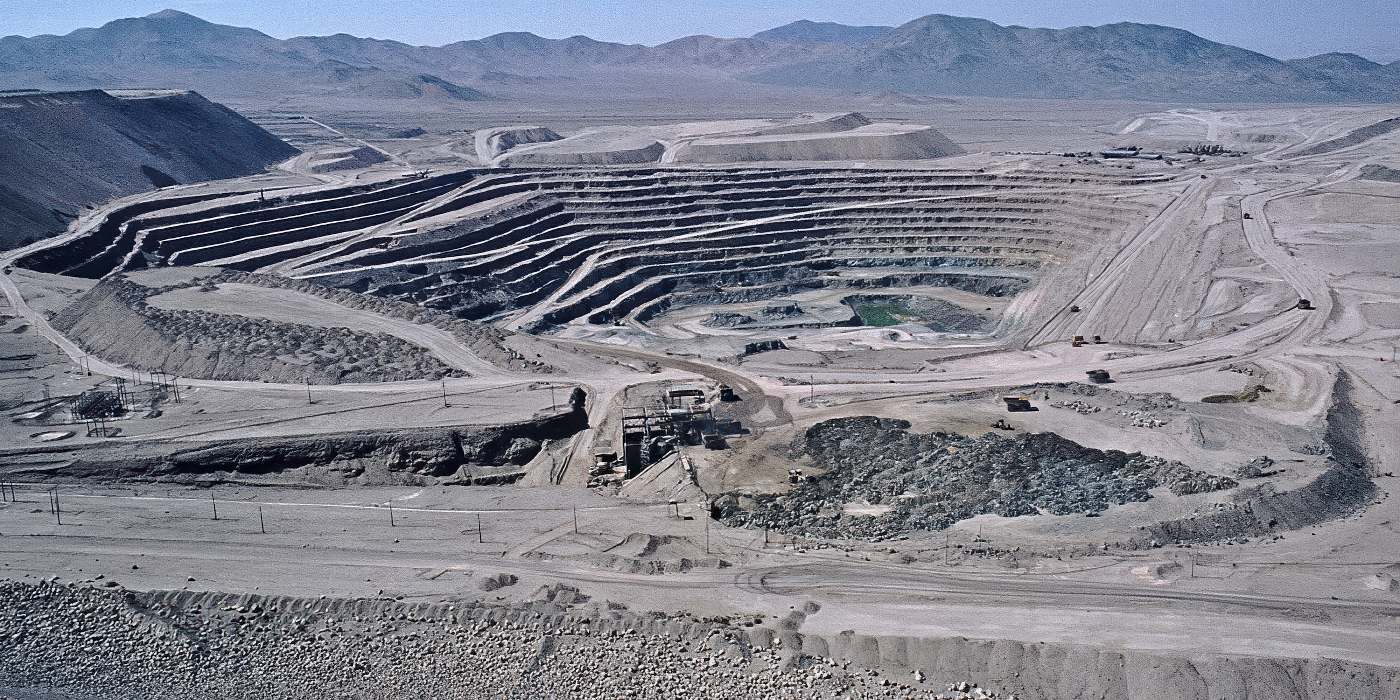New research reveals that biomass carbon emissions from nickel mining are significantly underestimated, posing challenges to sustainable climate action and the transition to low-carbon technologies.
Key Points at a Glance
- Biomass losses during nickel mining operations result in significant carbon emissions, often excluded from environmental impact reports.
- Nickel demand is expected to double by 2050 to support the growth of renewable energy and electric vehicles.
- Biomass losses vary widely depending on the location and type of nickel deposit, with tropical laterite mines being particularly impactful.
- Accurate reporting of biomass carbon emissions is essential for strategic decision-making in mineral sourcing and sustainability goals.
A study published in Nature Communications has shed light on a critical and often overlooked aspect of nickel mining: the significant carbon emissions generated by biomass losses when vegetation is cleared for mining operations. As the global demand for nickel continues to rise—driven by its critical role in batteries and other low-carbon technologies—this new analysis highlights a major gap in the environmental accounting of mining activities.
The research examined 481 nickel mines and undeveloped deposits worldwide, revealing that biomass carbon emissions can be 4 to 500 times higher than previously estimated, depending on the mine site. These emissions, which result from clearing vegetation and disrupting ecosystems, are rarely included in corporate sustainability reports or climate action plans.
Nickel, a key component in stainless steel and clean energy applications, is projected to see a surge in demand, reaching 2.27 million tons annually by 2050. While this growth is essential for supporting renewable energy systems and electric vehicles, the environmental trade-offs—including land use changes and carbon emissions—pose a dilemma for sustainability advocates.
The study identified significant variability in biomass losses based on the type and location of nickel deposits. Laterite deposits, which are primarily found in tropical regions like Indonesia, Papua New Guinea, and Brazil, often have higher biomass densities and thus more significant carbon impacts when cleared. By contrast, magmatic sulfide deposits, often located in regions with lower biomass densities, generally have a smaller carbon footprint.
For example, biomass carbon losses in tropical laterite mining regions can exceed 10 tons of CO2-equivalent emissions per ton of nickel produced, particularly when large-scale land transformation is required. Such emissions can rival or exceed those generated by the nickel extraction and processing stages, which range from 0.9 to 45 tons of CO2-equivalent emissions per ton of nickel, depending on the mining method.
The findings underscore the need for more accurate carbon accounting in nickel mining. Current practices often omit biomass carbon losses from Scope 1 and Scope 2 emissions reporting, leading to an incomplete picture of the industry’s environmental impact. The authors argue that integrating biomass emissions into corporate reporting frameworks is crucial for aligning mining activities with global climate goals.
Recent policy developments, such as the Greenhouse Gas Protocol’s forthcoming land sector guidance, emphasize the importance of reporting emissions from land use changes as part of Scope 1 emissions. This aligns with the study’s recommendations, which call for mining companies to track and report data on vegetation clearing, biomass densities, and reforestation efforts.
To minimize the environmental impact of nickel production, policymakers and industry leaders must prioritize sourcing from regions with lower biomass densities or deposits that require minimal land transformation. Additionally, improving post-mining land rehabilitation and reforestation practices can help mitigate biomass carbon losses. Innovative strategies, such as using endemic plants to restore mining areas, could further reduce the long-term environmental costs of nickel extraction.
As the world transitions to a low-carbon economy, the trade-offs associated with nickel mining highlight the complexities of achieving sustainable climate action. By accounting for biomass carbon emissions and adopting more responsible sourcing and reporting practices, the mining industry can better balance the benefits of nickel in clean energy technologies against its environmental costs. The study serves as a wake-up call for stakeholders to address these hidden emissions and ensure that the path to sustainability is truly green.
